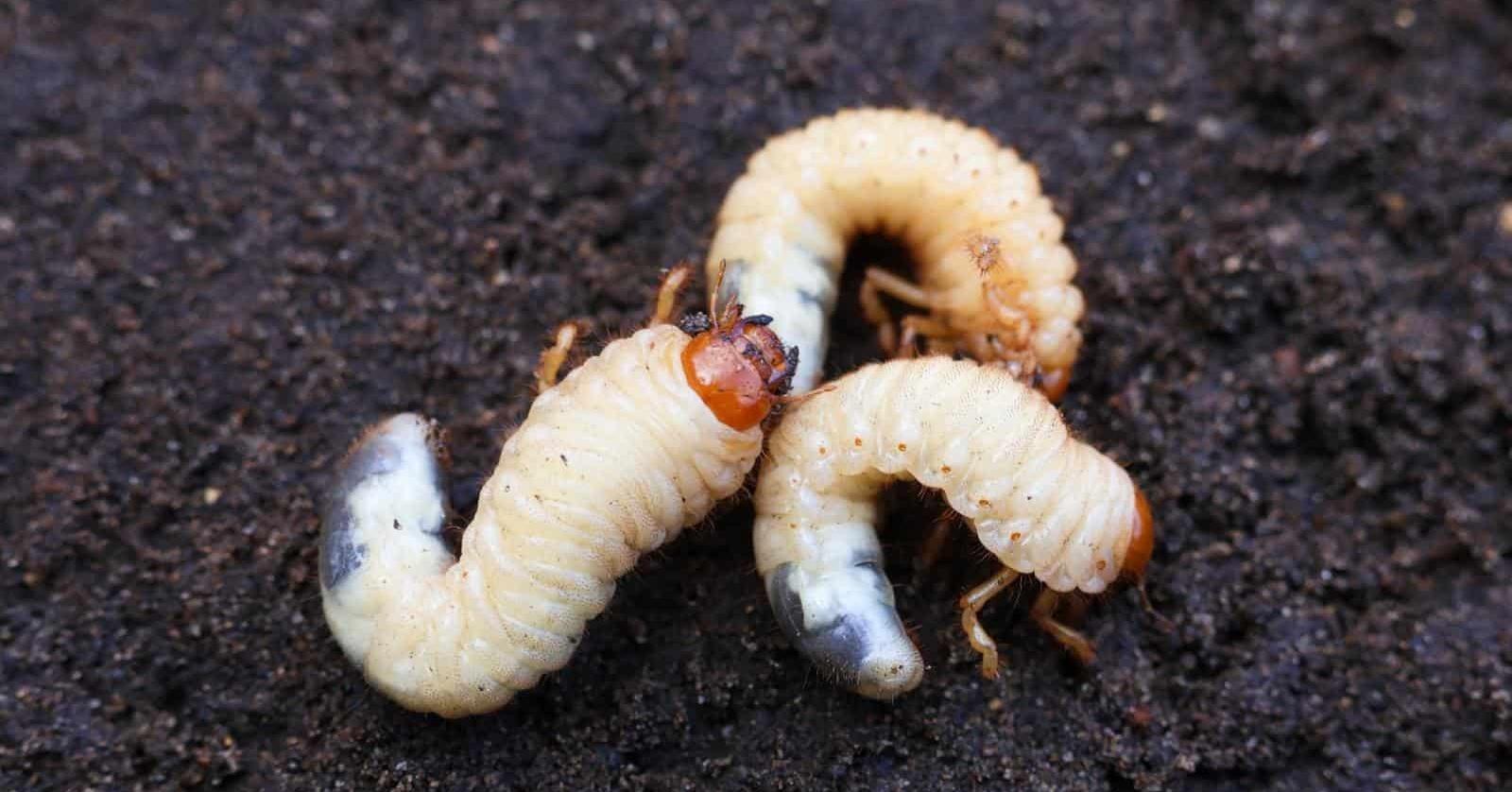Are you curious to know what is a lawn worm? You have come to the right place as I am going to tell you everything about a lawn worm in a very simple explanation. Without further discussion let’s begin to know what is a lawn worm?
A lush, green lawn is a source of pride for homeowners and a symbol of natural beauty. But beneath the surface, a community of organisms plays a vital role in maintaining the health and vibrancy of your lawn. One such inhabitant is the humble lawn worm. In this blog post, we’ll explore what lawn worms are, their significance in lawn care, and how they contribute to the ecosystem beneath your feet.
What Is A Lawn Worm?
Lawn worms, often referred to as earthworms, are segmented invertebrates belonging to the class Oligochaeta. They are not to be confused with pests that damage lawns, such as grub worms or nematodes. Earthworms are typically reddish-brown or dark brown in color and have a cylindrical body with numerous segments.
Key Characteristics Of Lawn Worms:
- Segmented Body: Earthworms have a segmented body divided into multiple sections, each containing muscles and bristle-like setae used for locomotion.
- Cylindrical Shape: They have a long, tube-like shape that allows them to burrow efficiently through soil.
- Moist Skin: Earthworms possess a moist, slimy skin that helps them glide through the soil and facilitates gas exchange.
- Herbivores: These worms are primarily herbivores, feeding on organic matter like decaying leaves, dead plant material, and soil.
- Burrowers: Earthworms are expert burrowers and create tunnels in the soil as they move, which can benefit the lawn in several ways.
Significance Of Lawn Worms In Lawn Care
- Aeration: Earthworms are natural soil aerators. As they burrow through the ground, they create channels that allow air, water, and nutrients to penetrate deep into the soil. This improved aeration promotes healthier grass roots and overall lawn vitality.
- Nutrient Cycling: Lawn worms play a crucial role in nutrient cycling. They ingest organic matter and process it in their digestive system, breaking it down into nutrient-rich castings (worm poop). These castings contain essential nutrients that enrich the soil, making them available to plants.
- Improved Soil Structure: The burrowing activity of earthworms helps improve soil structure by reducing compaction. Loose, well-structured soil allows for better root growth and water retention.
- Water Regulation: The channels created by earthworms also aid in water regulation. They help prevent waterlogging during heavy rains by allowing excess water to drain through the soil, reducing the risk of root rot and other water-related issues.
- Natural Pest Control: Earthworms are not pests but are natural predators of harmful microorganisms like nematodes. Their presence can help control the population of soil-dwelling pests that may harm your lawn.
Lawn Worm Species
Several species of earthworms can be found in lawns, with some being more common than others. The two most prevalent species often encountered in lawn care are the Lumbricus rubellus (redworm) and Lumbricus terrestris (common earthworm).
Conclusion
Lawn worms, often overlooked and underestimated, are vital players in maintaining a healthy and thriving lawn ecosystem. Their diligent work as natural aerators, nutrient recyclers, and soil improvers contributes to the lush green carpet that graces your yard. So, the next time you stroll across your well-manicured lawn, take a moment to appreciate the unsung heroes beneath your feet, the earthworms, whose tireless efforts help create and sustain the vibrant landscape you cherish.
Learn more about similar topics like these on Clynerr.
FAQ
Where Do Lawn Worms Come From?
The creepy little critters that may possibly be feasting on your lawn are called grub worms. They are the larvae of insects that hatch from the eggs of Billbugs, June beetles or other insects that eat the roots of grass, killing the lawn in the process.
Are Worms In The Lawn Good Or Bad?
Earthworms are good for your lawn and even better for your soil. Congratulations, if you have an “infestation” of worms, then your soil contains a lot of organic matter and is pretty healthy. Give yourself a high-five because you are doing something right.
Why Do Worms Come Out Of Lawn?
As worm activity is a sign of higher moisture levels, you can limit the amount of water your lawn is receiving to try and lessen their activity. When you do this, the worms will delve deeper into the soil in search of moisture.
What Is The Name Of The Worm That Kills Grass?
Armyworms harm virtually all turf grasses by chewing the plant tissue and creating ugly web patterns in the leaves. The armyworm larvae strip foliage in one area of the lawn and move, usually all together, to the next source of food.
I Have Covered All The Following Queries And Topics In The Above Article
What Is A Giant Lawn Worm
What Is A Lawn Worm Giant
What Is A Lawn Worm Australia
What Is A Lawn Worm?
What Is A Lawn Worm
What are lawn worms?
